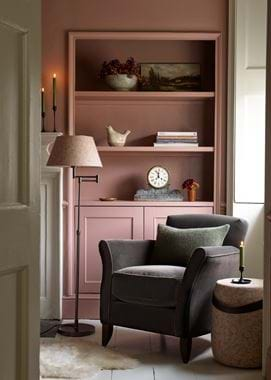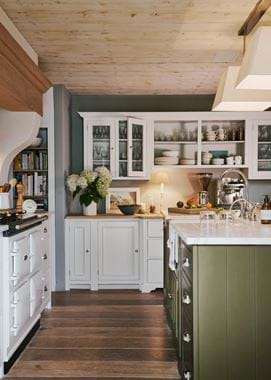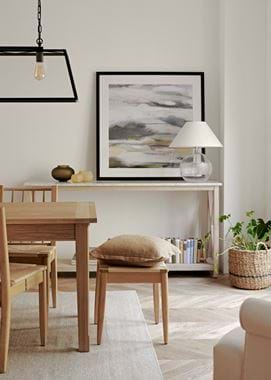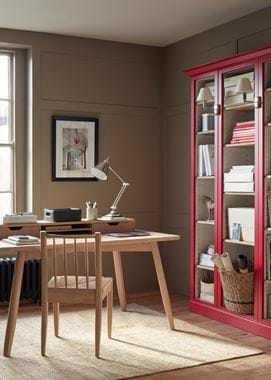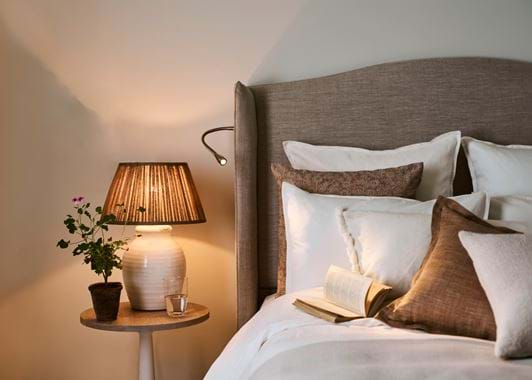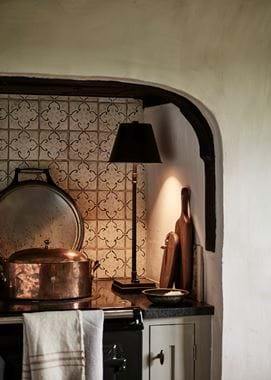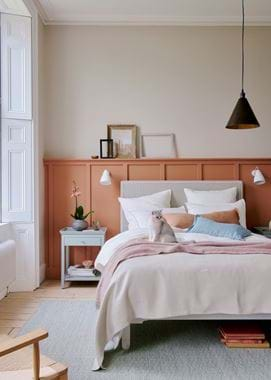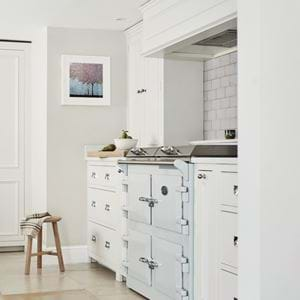How to layer light in your home
How to layer light in your home
Lighting is one of the fundamental parts of decorating a home but it’s also probably the one that we get wrong the most. Too dark, too bright, not enough in the right places. Luckily though, by considering lighting as a team effort and understanding the part each source has to play, it’s quite easy to get right.
Table lamps
Table lamps are your most important ally. They cast the most flattering, easy to live with sort of light and, as such, should be the layer you rely on for mood lighting (they can, in a pinch, work as task lighting too, but there are better sources for that as we’ll discover). ‘Because ambience is their main job in life,’ explains Neptune Cheltenham’s Home Designer, Jessica, ‘you probably need more table lamps than you first think. You don’t want a complete wash of light, but neither do you want a gloomy corner.’ Positioning one by each seat or on every surface is a good start. And if that means your lamp will be in the middle of the room, don’t worry: ask an electrician to fit sockets into the floor or, failing that, hide cables under large area rugs.
As for shades, Jessica recommends opting for warmer-toned fabrics and conical shapes which direct the light downwards in living rooms and bedrooms: ‘They’ll create the gentlest glow and a sense of intimacy.’
Ceiling lights & pendants
Many of us feel recessed ceiling lights are necessary, and for those few times when you need a broader, brighter sweep of light (when rooting around for something lost perhaps), they are. But use them with care. You want to avoid that aforementioned wash-out, and instead aim for dappled pools of light and shadow. A design like our Coates will help you do that as it casts soft beams rather than a flat blanket of light (particularly important in a kitchen, where they’re more likely to be on much of the time), but still combine them with table lamps.
The same goes for pendants, which tend to fall into two categories: shaded pendants that cast light downwards, which you’ll likely use over a kitchen island as dedicated task lighting; and chandeliers and lanterns, which are much more about decoration than anything else (something not to forgo – they do it very well) and which, if you do turn them on, should be fitted with low-watt bulbs and, ideally, on a dimmer switch.
Floor lamps & wall lights
Table lamps and overhead lights are probably considered to be the basics of lighting. But, there are lots of reasons why you might include floor lamps and wall lights as well, a big one being for decoration, another because they’re good in a tight spot (literally), saving you room on side tables.
Where they really come into their own though, is when you want a mix of task and mood lighting. ‘In a bedroom, for instance, I’ll often place a table lamp fitted with a fabric shade on either side of the bed to cast a general ambience,’ suggests Jessica, ‘but then also include a pair of directional, brighter wall lights – either to the side of your headboard or recessed into it – for reading. You can do the same in a living room too, grouping an armchair with a table lamp as well as an adjustable, metal-shaded floor lamp so you have the best of both worlds.’ A perfect example of the power of teamwork, if ever there was one.
You’ll find our entire lighting collection online here, and an edited selection in each of our stores, where our team are also on hand to help with any lighting conundrums.

